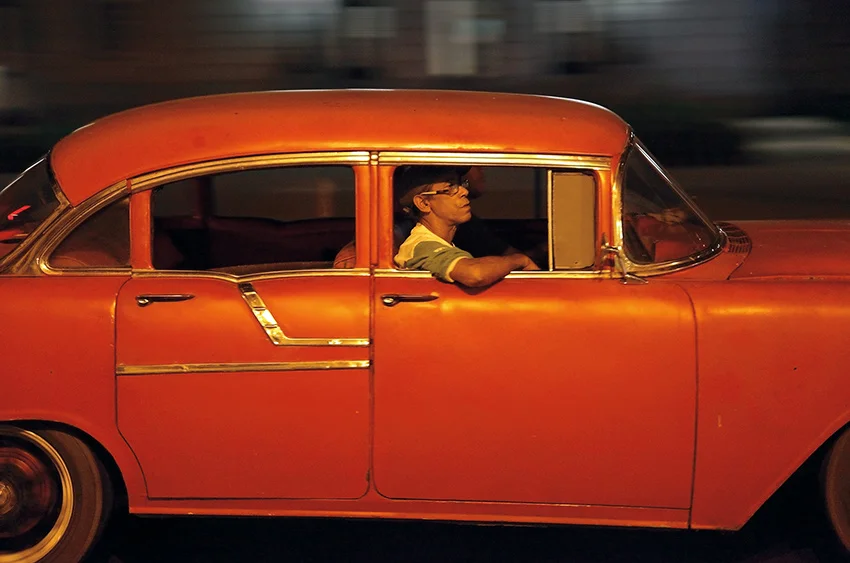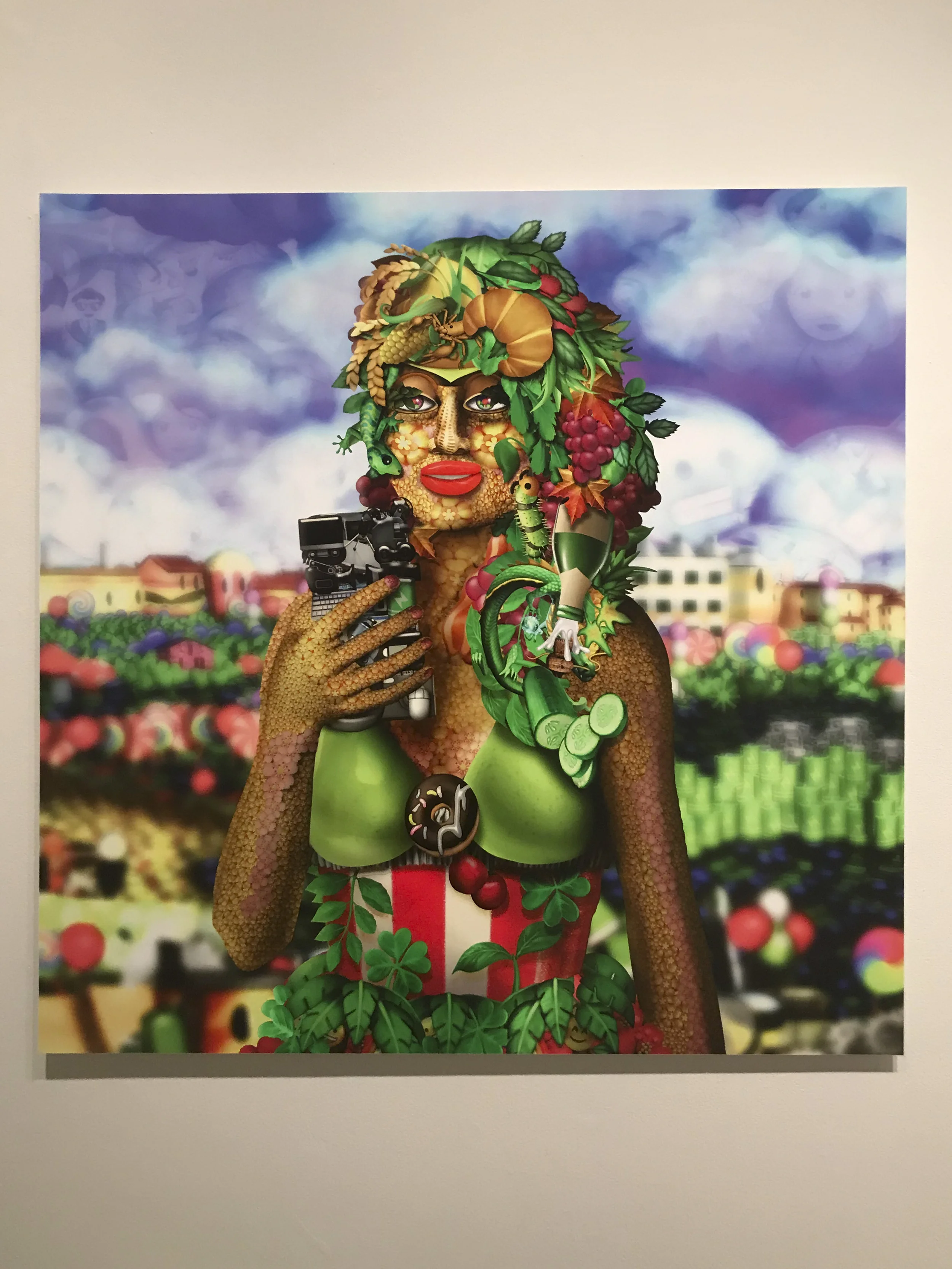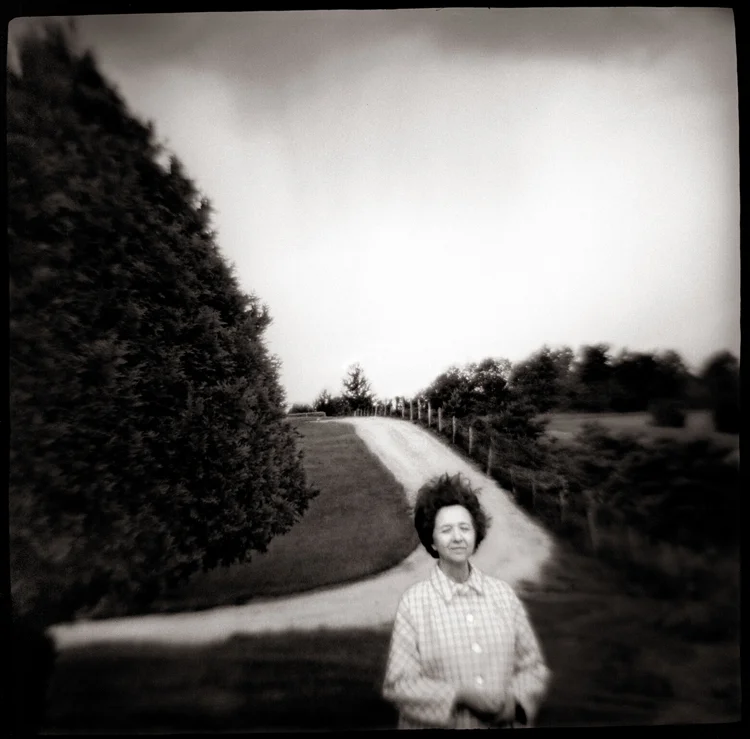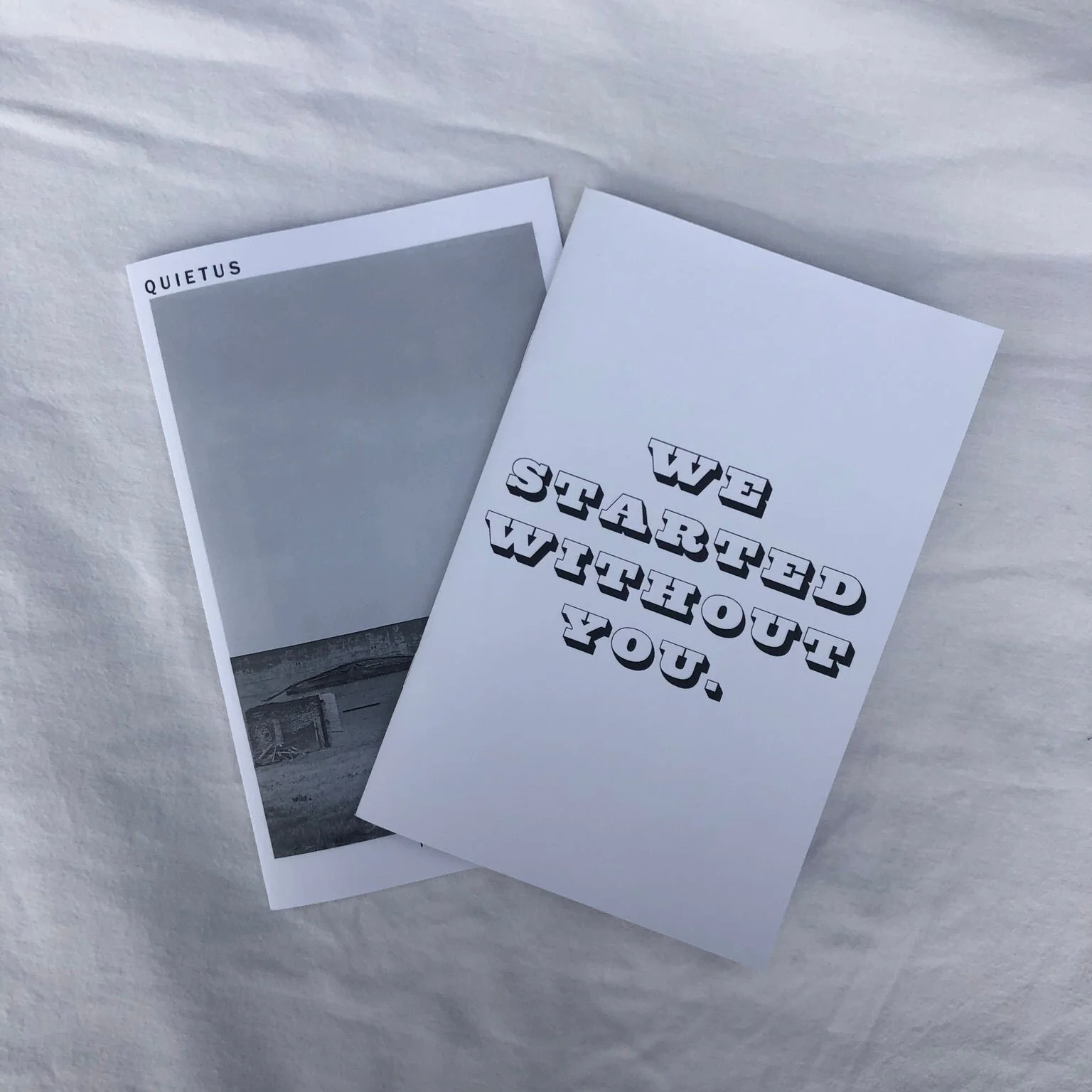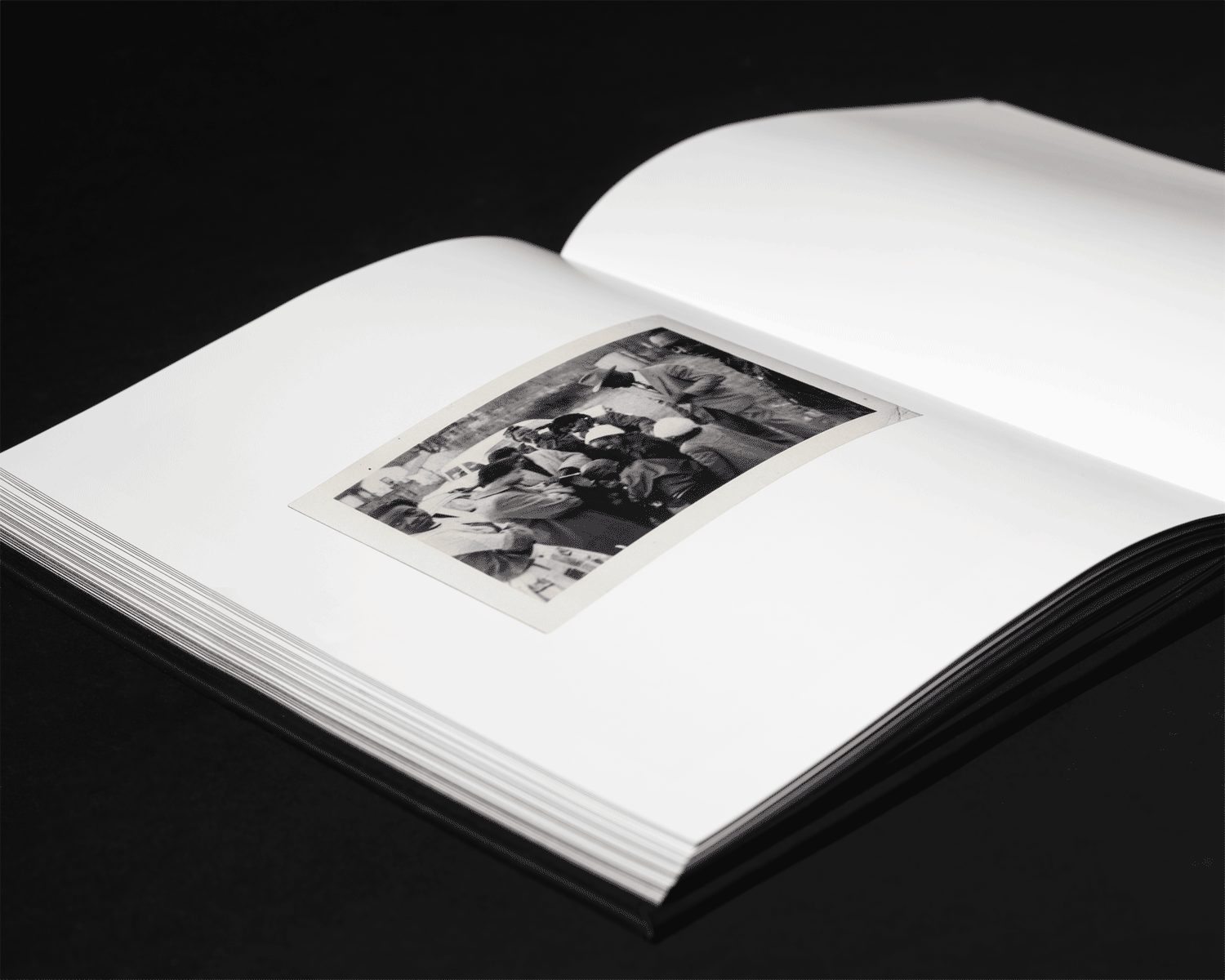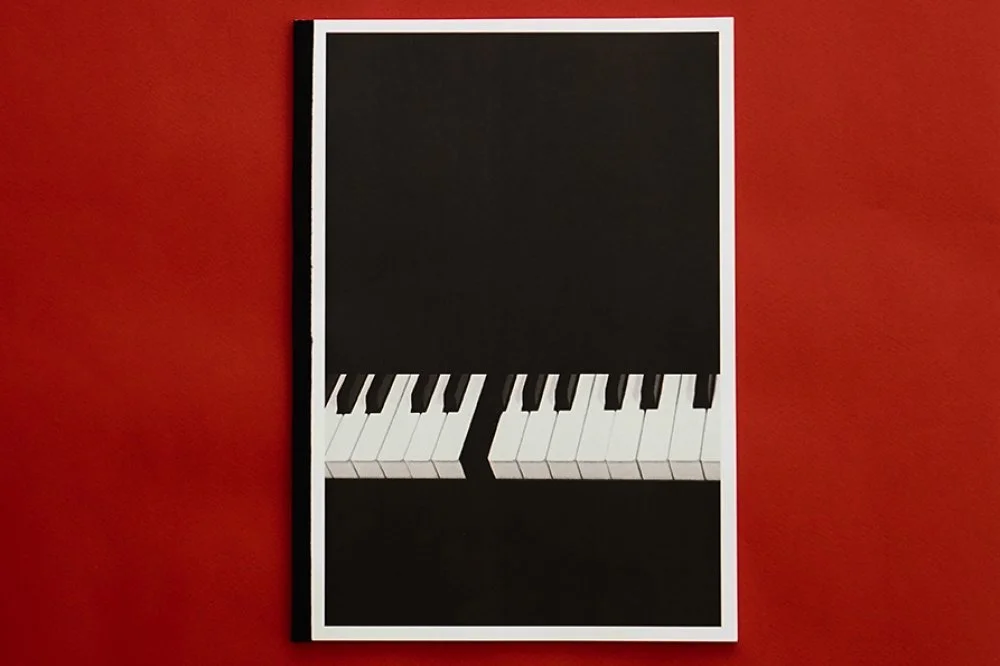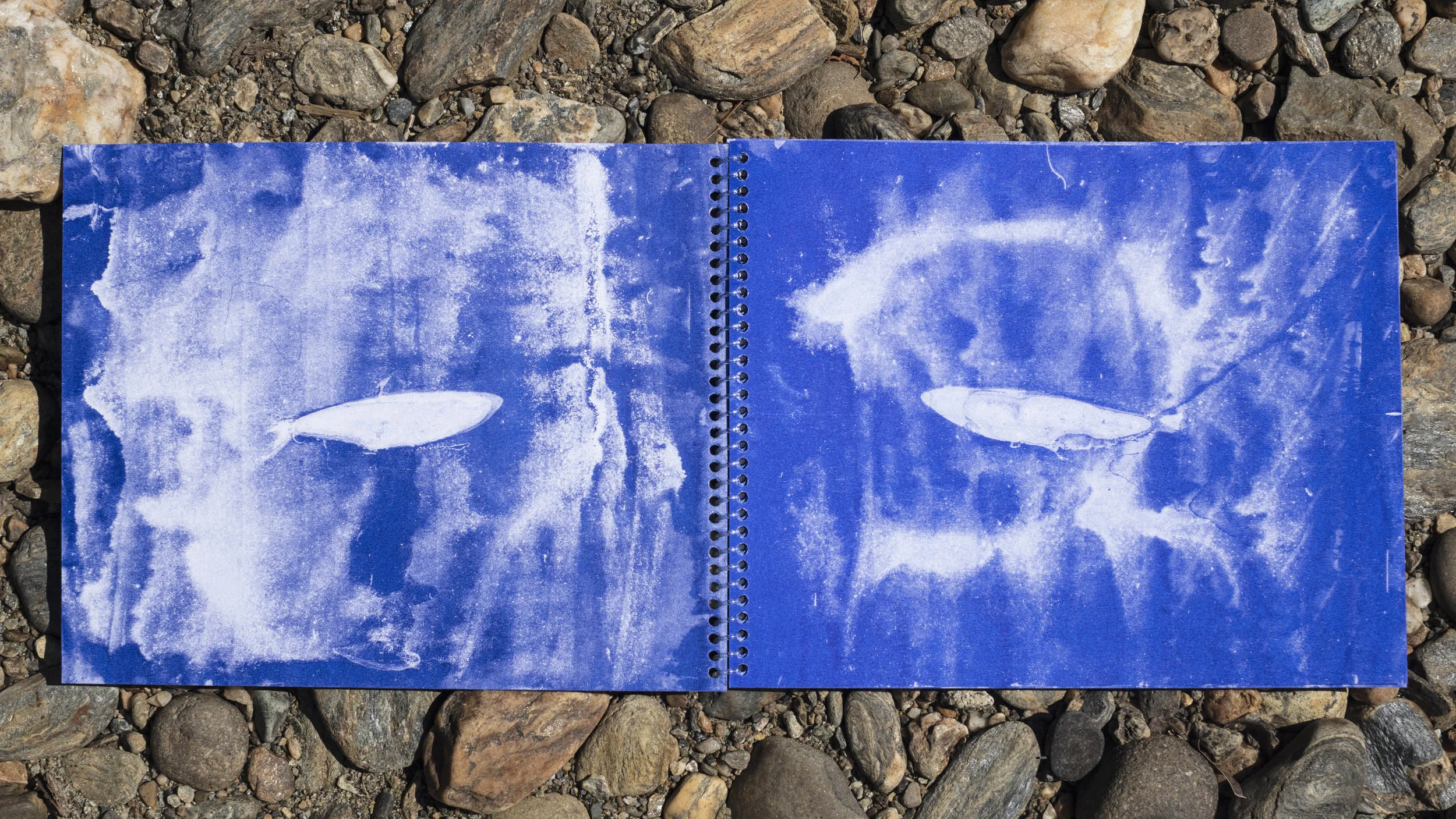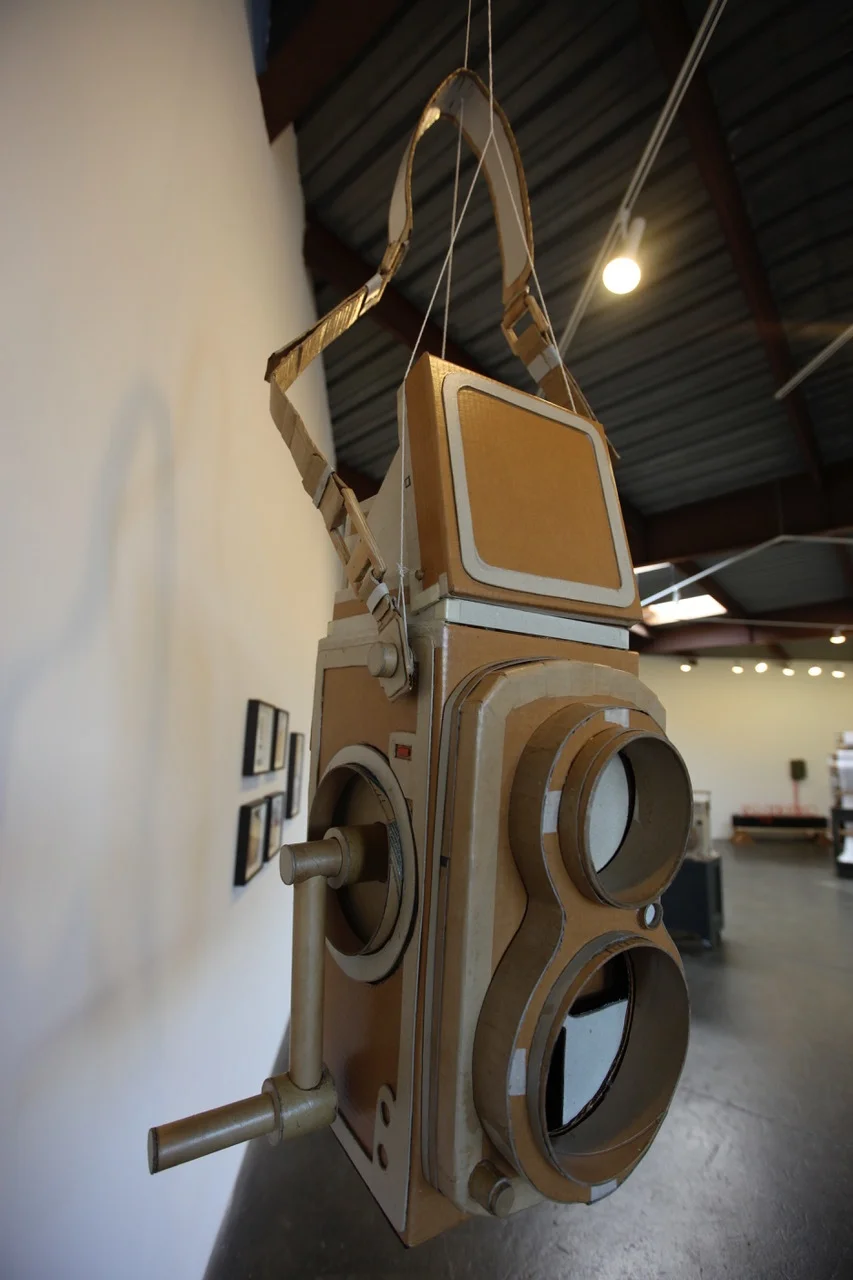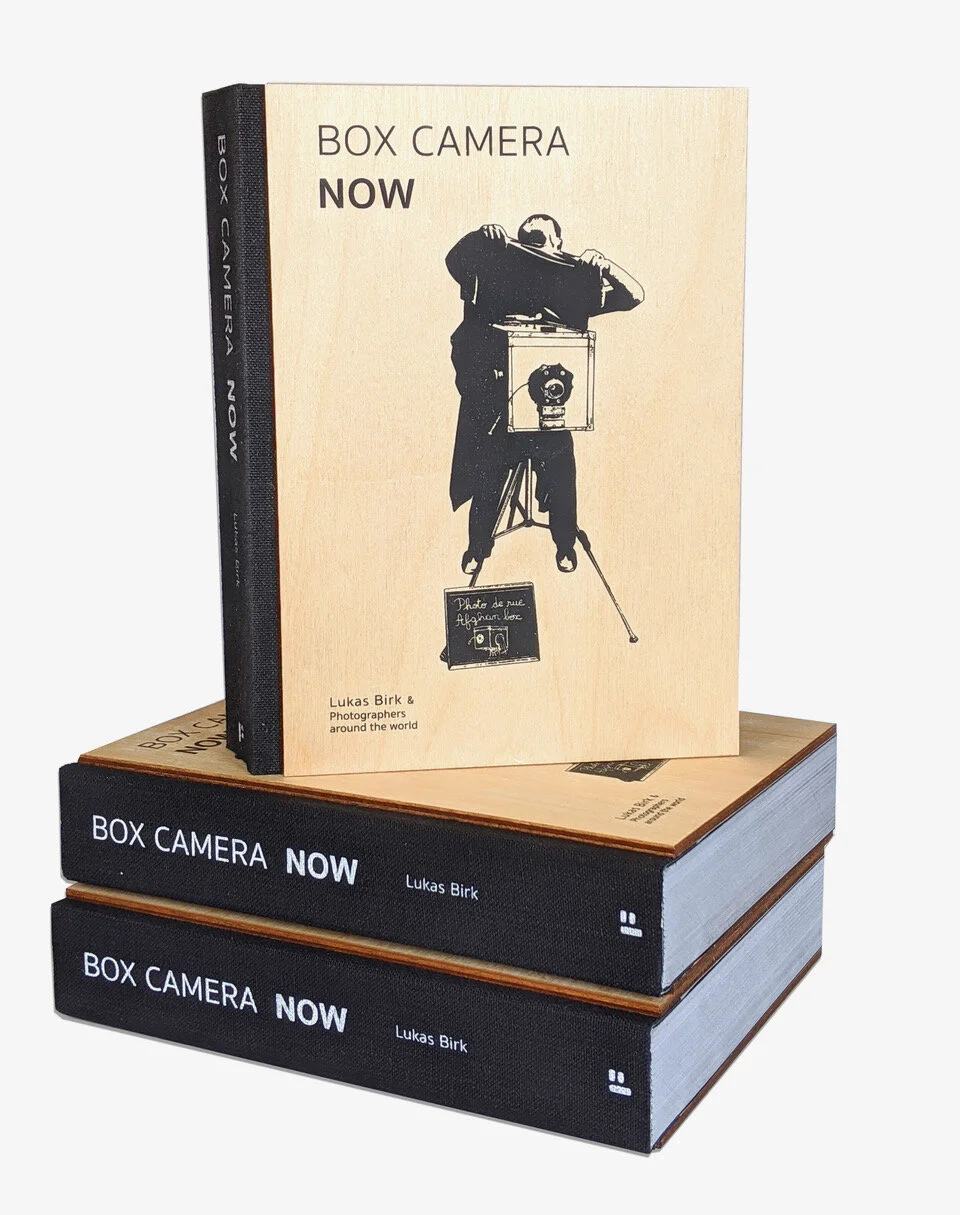This series features interviews with independent photobook publishers. This month’s interview is with Gordon Stillman and Mohammadreza Mirzaei of Blue Tiger.
Sardines by Gordon Stillman
Don’t Take Pictures: How would you describe Blue Tiger to someone who has never seen your books?
Blue Tiger: We are a new experimental publishing house and collaborative duo. Our name, Blue Tiger, speaks to our desire to remain elusive and maintain a sense of mystery as we choose new projects that interest us (blue tigers have been reported but never verified). We are interested in creating unique objects and experiences rather than settling into a standard format or aesthetic.
DTP: What series of events led you to start your own publishing house?
BT: We, Gordon Stillman and Mohammadreza Mirzaei, first met in 2012 at grad school in Philadelphia. Our work was quite different, but the process was very similar because we were both street photographers. We spent days and nights together photographing Philadelphia, Los Angeles, San Francisco, and Istanbul. However, we never really collaborated on the same project; we photographed together and presented our work separately. After grad school, Mohammadreza moved back to Tehran, and Gordon stayed in Pennsylvania. Three years later, Mohammadreza was back in the states, and we were discussing new possibilities and projects, we both came up with the idea of starting a publishing house. We both loved photo books and we wanted to see it as an open possibility for collaboration and criticality.
Dialectics of Seeing by Gordon Stillman and Mohammadreza Mirzaei
DTP: How do you find photographers that you want to work with and how do you determine what might make a good photo book?
BT: We are just wrapping up production on a book by Kavian Esmaeili, who Mohammadreza knows from Tehran’s photographic community. It was serendipity that he showed him a new body of work for feedback and it turned into our most recent publication. We also look at work at portfolio events, artist run galleries, and platforms like Instagram. We look for projects with strong photos that also call for a unique layout or printing method.
DTP: Have there been any books that have been particularly rewarding to produce or that you felt a special kinship with?
BT: Our first book, Dialectics of Seeing, set the stage for our collaboration. As we said earlier, we had worked a lot together, but we had never actually collaborated on a single project. Dialectics of Seeing ironically contained the images we made when we were not together. It contained two different approaches to street photography, but collaboration let us make it not about the streets, but about the conversation between images. The photobook was a necessary platform for this project because it could contain our complete conversation and collaboration. We emphasized the juxtaposition of our images and tried to test the limits of layouts as we overlapped, enlarged, and highlighted different images.
Postcards by Mohammadreza Mirzaei
DTP: What are some forthcoming titles are you particularly excited about?
BT: We are excited about No Miracles Here by Kavian Esmaeili which is coming out this month. Kavian is a young photographer from Iran and this will be his debut book. Kavian’s project documents his friends in Tehran as they build a community away from the conservative social mores required of them in public. Building this community involves risk and creativity, and the photographs become a crucial act reinforcing and animating the individual choices and bonds being made. We also have several other books we are excited about, but it’s too early to divulge much besides one of the books being a follow up to Dialectics of Seeing.
DTP: What was one of the most challenging books that you have published and why?
BT: Every book is challenging because you have to get everything just right; the images, sequence, layout, paper, cover design, printer, etc. On top of getting everything right, the project can’t break the budget. Oftentimes, deciding on the right printing method can be the most frustrating element as we wait for quotes and samples from presses. We try to keep our methods experimental, packaging the photos as objects that complement their content. For example, we have used risographs and screen printing for Sardines, and are producing a new title Postcards that uses the form of the magazine to complement the ephemeral nature of the work and the fragile emotional position of the artist. We have also been working with a designer, Shahab Tondar, on many of our titles, and his input and designs have made many projects much easier than they would have been otherwise.
Dialectics of Seeing by Gordon Stillman and Mohammadreza Mirzaei
DTP: It seems that an increasing number of photographers, at all stages of their careers, are looking to publish a book. What should photographers think about before they embark on the book process?
BT: Books are such a great medium for photographic projects because you can create the full ecosystem for your photographs to be meaningful rather than having one image exist out in a sea of unrelated imagery. They are great opportunities to form your project, to make it exist and easily share your work with others. It is also a great opportunity to work with other artists on your project. We always view a book as a collaborative process, so it’s important for any photographer to work with others (designers, other photographers, printers, publishers, etc.) and accept advice to realize the best possible version of their book.
Visit the Blue Tiger website to learn more about their books.















































